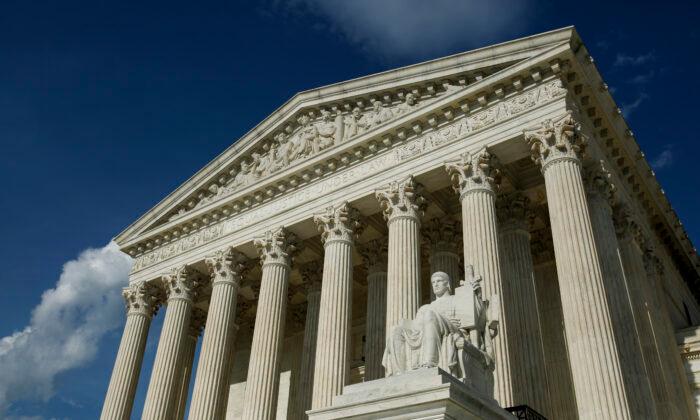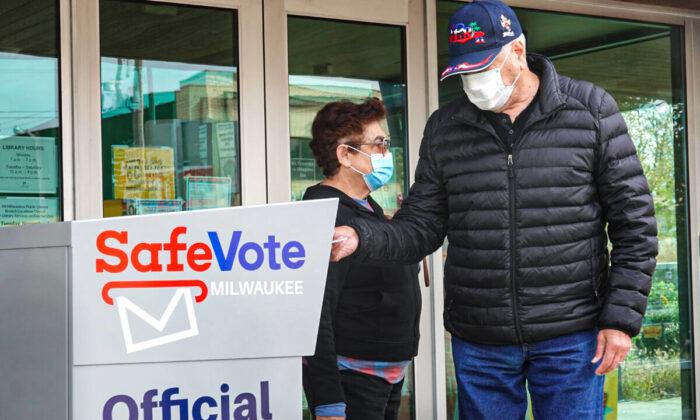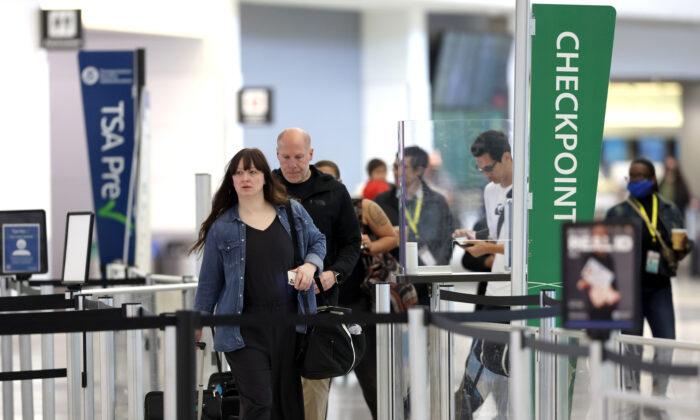It might seem odd for me to be calling for such a rethinking in the wake of a decision that went 9–0 in the conservatives’ favor. The Fulton decision was, on its face, a victory for religious freedom. A united Supreme Court held that the city of Philadelphia couldn’t deny contracts to a religious group, Catholic Social Services, on the basis of its religiously held conviction that foster children shouldn’t be placed in the care of gay couples.
But Chief Justice John Roberts, writing for the court, decided the case on a narrow adjudication of the facts. He said that, although Philadelphia had a generally applicable anti-discrimination law, the law provided for exceptions, and consequently, the Catholic group should’ve been considered for an exception on religious freedom grounds. Roberts declined to do what Catholic Social Services had asked the Supreme Court to do: Overrule the infamous 1990 Smith case that basically guts religious freedom by compelling religious groups to abide by all “generally applicable laws,” regardless of whether they violate the right of conscience or religious teaching.
The Smith decision turned on whether the government could deny unemployment benefits to Native Americans who had lost their jobs for using peyote, an illegal drug that the Native Americans had insisted was used for religious and sacramental purposes in the Native American Church. Applying his trademark approach of judicial restraint or deference to the legislature, Scalia held that courts can’t use the free exercise clause of the First Amendment to carve out exceptions to what he termed a “neutral law of general applicability.”
In other words, Scalia’s position was that, as long as the laws didn’t single out Native Americans—as long as they applied to everyone—then religious freedom couldn’t be invoked as a justification for noncompliance. To do so, Scalia wrote, “would be courting anarchy.”
Here, Scalia was doing no more than applying the conservative legal doctrine that legislatures make rules, and the job of a judge isn’t to rewrite or reconstruct those rules, but merely to apply them. The judge, in this context, is seen as an umpire who doesn’t make rules, but merely calls plays in accordance with the rules that are given by the legislature. Quite likely, Scalia thought that for him to grant the Native Americans an exception in this case would amount to “judicial activism,” an unwarranted restriction of the scope of the law.
Judicial activism is the bugaboo here. But judicial activism has two separate meanings, and only one of them is bad. Judicial activism is bad when judges take it upon themselves to make laws, skirting both the Constitution and the laws that are on the books. Progressive judges do sometimes behave as if the Constitution and the laws are mere guidelines that judges are free to use or modify as the circumstances warrant. Judicial activism of this sort is inexcusable—an abuse of the judicial role in a democratic society.
But there’s a second type of judicial activism that’s in a whole different category and, in fact, is both necessary and good. This is when judges act decisively to uphold constitutional principles against legislative usurpation. In other words, when judges use the supreme law of the land to strike down congressional and state laws that subvert constitutional principles.
Here, quite obviously, the judge is being “activist” in standing up against the legislature. But this can hardly be viewed as the judge going against the law. On the contrary, the judge is upholding the enduring law of the land, the underlying charter of our liberties, and the rights enshrined in the Constitution, against laws that threaten to diminish or undo these basic principles.
Remember that the basic rights of the Constitution—including the rights of free speech, due process, and religious freedom—aren’t subject to curtailment, even by democratic majorities. The judge’s mission is to stand up for these enumerated rights against the majority, against “the people themselves,” in Justice Joseph Story’s memorable phrase. For a judge, to exercise “judicial restraint” in protecting constitutional rights is to be restrained in properly doing his or her job.
My conclusion is that it makes no more sense to talk about judges being “activist” or “restrained” than it does to talk about America being “activist” or “restrained” in its dealings with the rest of the world. When our basic interests and liberties are threatened, of course we should be activist, which is to say, alert, vigilant, and fully engaged. In general, however, our posture toward other countries should be “restrained,” which is to say, we go by the principle of “live and let live.”
The same is true of judges: It makes no sense to talk about “activism” or “restraint” without reference to what judges are being activist or restrained about. Conservatives should embrace a new philosophy of jurisprudence, in which our judges are shamelessly activist in the defense of core constitutional principles, yet soberly restrained in preventing their own convictions from substituting for those of the law and the Constitution.





